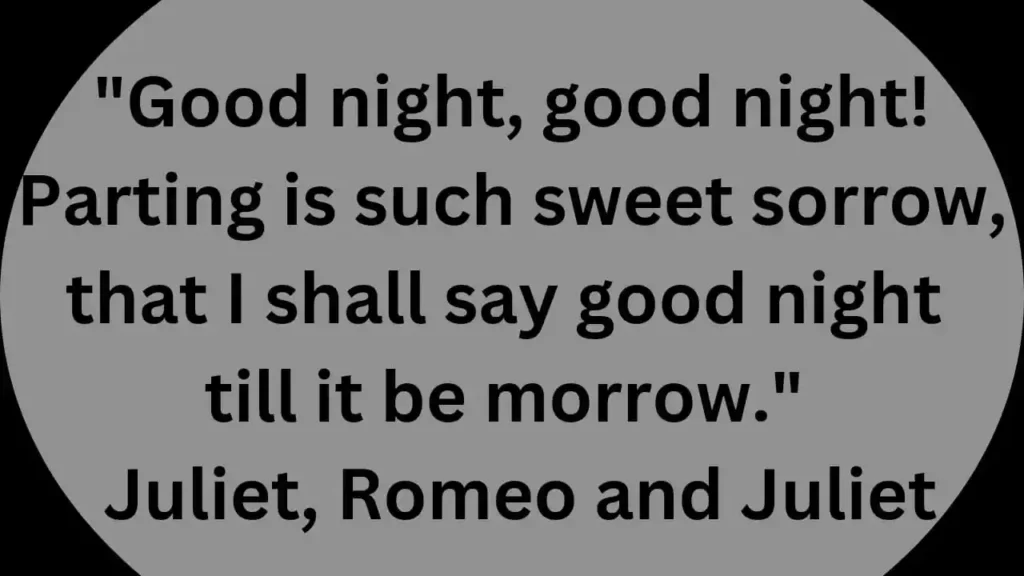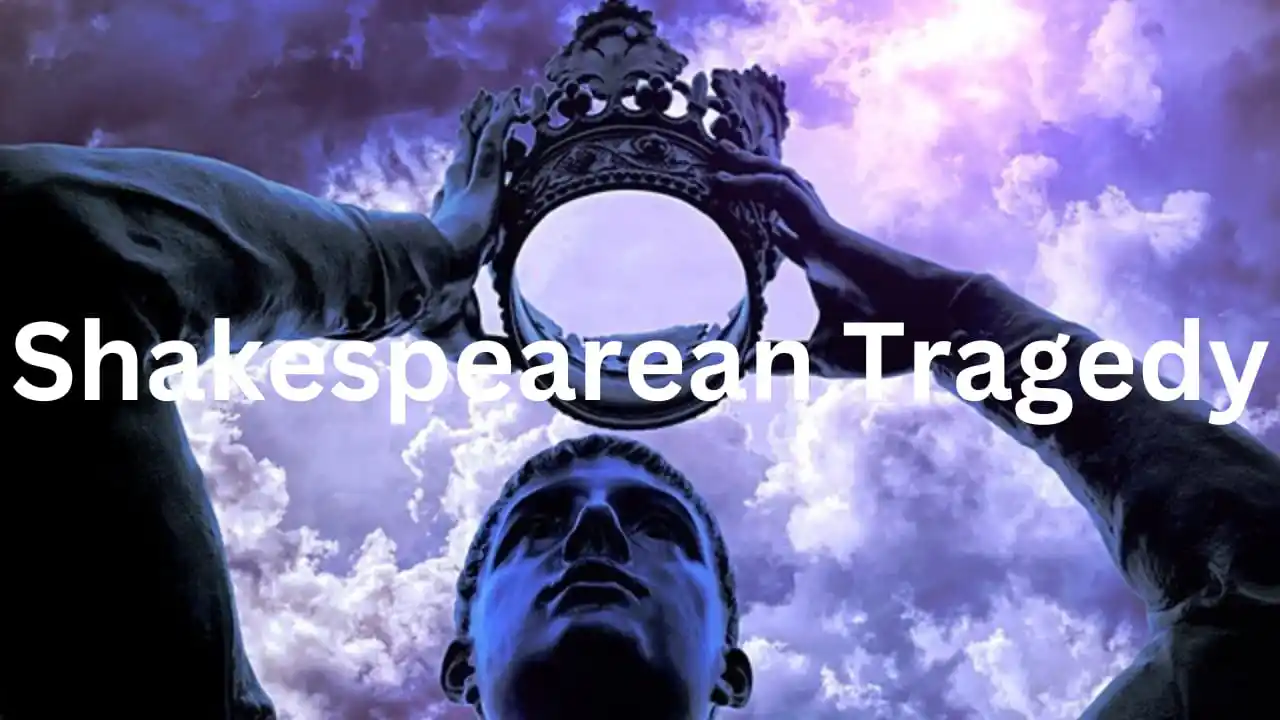Shakespearean tragedy :
Shakespeare is a renowned tragedian of English literature. He has produced many celebrated tragedies such as Hamlet, Macbeth, Othello, King Lear, and Julius Caesar. Shakespearean Tragedy revolves around the tragic life and actions of the hero. Though Shakespeare followed Aristotelian tradition, he has his touch in creating a magnificent tragedy.
Common Feature Of Shakespearean Tragedy:
A common feature of his tragedies is that the hero dies a tragic death. His tragic suffering lies in his emotional and spiritual agony. Death mostly comes to him as a relief rather than punishment in the hero’s life.
Division Of Shakespearean Tragedy:
According to AC Bradley, Shakespearean tragedy is divided into three main parts that are:
1. Exposition
2. Conflict
3. Catastrophe

Elements Of Shakespearean Tragedy:
Shakespearean tragedy has the following main elements:
- Status Of Hero
- Role of Fate
- Conflict
- Tragic Flaw
- Supernatural Elements
- Comic Relief
- Poetic Justice
- Catharsis
1. Status Of Hero:
Shakespearean tragic heroes are generally of high estate, a great emperor, and a commander. Hamlet is the prince of Denmark, and King Lear is the aged king of Britain. Stories of these heroes are full of sorrow and suffering.
A.C Bradley says:
“Shakespearean tragedy is always concerned with a person of high degree”.
2. Role of Fate:
Fate plays a vital role in Shakespearean tragedies. Because the hero is finally responsible for his suffering and tragic end, Shakespeare believes that man is the architect of his fate. The Shakespearean tragic heroes are all conspicuous persons who suffer greatly.
“Character is destiny is true of Shakespearean tragedy”.
After the murder of King Duncan, Macbeth suffers the tortures of hell. He suffers due to the vaulting ambition. In the words of Bradley….
“Shakespearean tragedy is a tale of suffering ending in the tragic hero’s death”.
3. Conflict:
Shakespeare introduced conflict as dramatic art. The primary action of Shakespearean tragedy always develops through conflict. This conflict may be internal and external. In most of his tragedies, there is a conflict of passions, ideas, and principles rather than opposing people. This conflict leads heroes to feel or suffer the agonies of hell.
4. Tragic Flaw:
The hero of Shakespearean tragedy possesses some flaw or defect. This tragic flaw attains in him a terrible force.
Aristotle calls it “Hmartia” while A.C Bradley refers to this trait as a “Tragic Flaw”.
For Example, Hamlet Possesses ‘noble inaction’ and King Lear has ‘hasty judgments’. A Shakespearean tragedy is not just the tragedy of destiny or character but is a mixture of both.
5. Supernatural Elements:
The supernatural elements in Shakespearean tragedy are of vital significance. They are not mere illusions of the hero. They are in close relation to the protagonist. In “Hamlet”, perhaps the most notable of the supernatural forms is the ghost. It is objective and helps to proceed with the story. These supernatural provokes the hero to take action.
6. Comic Relief:
In tragedy, generally, comic relief is out of the question, However, to lighten the tragic side of the character, the dramatist uses this technique of comic relief. Many critics consider the device of comic relief as an irrelevant part of the tragedy. Nevertheless, Shakespeare uses humorous scenes in his tragedies. As in King Lear:
“The Fool is smarter than the King”.
7. Poetic Justice:
Poetic justice means that good should be rewarded, and evil should be punished in proportion to their good and bad deeds. Nevertheless, there is a lack of poetic justice in the Shakespearean tragedy as it mirrors real life. In his tragedies, good and virtuous are often crushed because their faults merit them.
8. Catharsis:
Through the experience of the protagonist’s suffering and eventual downfall, audiences undergo a cathartic release of emotions such as pity and fear, which purges and purifies their own emotions.
Conclusion:
In conclusion, Shakespearean tragedy is a genre marked by the intricate interplay of various elements, each contributing to the powerful impact and enduring appeal of these timeless works. Through the portrayal of flawed protagonists, intricate plots, and profound themes of fate, hubris, and catharsis, Shakespeare crafted tragedies that continue to resonate with audiences across cultures and generations.
